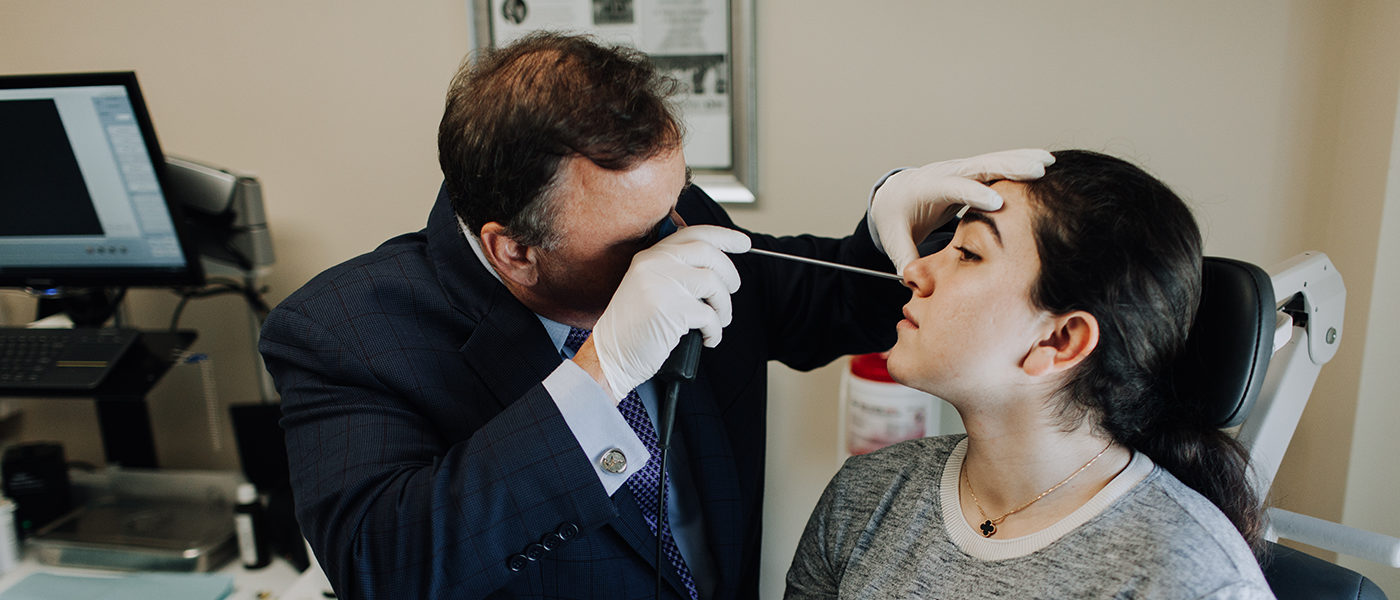
Functional Endoscopic Sinus Surgery
What is Functional Endoscopic Sinus Surgery?
Functional Endoscopic Sinus Surgery (FESS) is a surgical procedure used to treat chronic sinusitis and various other sinonasal conditions. It is a minimally invasive technique that allows surgeons to access and treat the sinuses using an endoscope, a thin, flexible tube with a camera and light source attached to it. FESS is designed to improve the drainage and ventilation of the sinuses, reduce inflammation, and alleviate symptoms associated with chronic sinus issues.
Sinus disease can cause significant problems. Our experienced specialists use advanced diagnostics and state-of-the-art endoscopic equipment to treat and care for our patients.
Each year 37 million people are afflicted with chronic sinusitis, making it one of the most common health conditions in the United States. The sinuses are air-filled cavities located within the bones around the nose and eyes that allow for natural ventilation and drainage. In chronic sinusitis, the sinus linings become inflamed, blocking the natural drainage passageways and leading to chronic infections and nasal obstruction.
Patients with chronic sinusitis often suffer from debilitating symptoms such as facial pain or pressure, nasal congestion and difficulty breathing, discolored nasal discharge, loss of smell and taste, headache, fatigue and depression.
While in many cases medications can help to alleviate symptoms of chronic sinusitis, some patients do require surgery.
Functional Endoscopic Sinus Surgery (FESS) – Image Guided Navigation
FESS is a minimally invasive procedure where our expert surgeons are able to clear openings in the natural cavities of the paranasal sinuses to help restore ventilation and drainage. This typically involves the removal of small bones around the sinuses along with any diseased tissue, polyps or masses that may be present.
The procedure is achieved using an endoscope (thin tube with a light and camera) that is threaded into the nose via the nasal opening and into the ethmoid sinus to visualize the maxillary, frontal and sphenoid sinuses. We often use our image guidance system, which is essentially a GPS for our instruments while performing surgery. This adds an extra layer of safety during these procedures. FESS is less invasive and results in less external scarring with generally shorter recovery time.
Patients are seen for a follow up visit after a week and typically show successful long-term outcomes.
Also see:
